PROPAGATING SNAKE PLANTS: LEAF CUTTINGS IN SOIL

If you want a fun plant project to do, this may just be the one for you. This is all about propagating Snake Plants by leaf cuttings in soil including when, how, what you need, the time it takes, and care.
I propagate Snake Plants in 2 ways: by division and by leaf cuttings. Division is a fast method of propagation. Snake Plants like to grow slightly tight in their pots so I leave mine be for long periods of time before dividing.
I propagate by leaf cuttings more often. This method takes time but it isn’t hard to do. No worries though, once the leaf cuttings have been planted, they’re on the way and there’s not much to do.
When to prune & propagate
Spring and summer are the best time to propagate indoor plants. If you live in a climate with temperate winters like me (Tucson, AZ), then early fall is fine too.
What soil mix to use
If for some reason you have to propagate your Snake Plant in winter, no worries. Just know it’s not the optimum time. For the most part, I leave my houseplants be in the colder months.
What soil mix to use
The best soil for Snake Plant propagation is a light and well-aerated mix. You want the roots to easily form and grow and the excess water to drain out.
Here’s the DIY succulent and cactus mix recipe I have used for over 2 years for the propagation in soil method. It’s light and chunky so those baby roots can easily grow.
Make sure your pruning tool is clean and sharp. Sansevierias have somewhat thick, fleshy leaves so I like to use my trusty Felco pruners when cutting the leaves because they make precise, easy cuts.
Where to cut Snake Plant leaves
Make sure you use a healthy leaf or leaves. How many leaves you prune and propagate is up to you.
I cut them down to the base (an inch or 2 above the soil line) because it looks better that way. When that portion dies over time, I pull or cut it out.
I make clean cuts straight across the leaf by the way.
What size leaf cuttings
The size is up to you. You can propagate the whole leaf or sections of the leaf.
I propagate the whole leaf but usually cut it down a bit more after making the initial cut. If you choose to cut and propagate sections of the leaf, it’s important to plant the part of the leaf that’s facing down in the soil. Otherwise, if you plant the part of the leaf that was facing towards the tip in the soil, it won’t root.
Let the leaf heal off
Snake Plant leaves are slightly fleshy because they store water. Just like other succulents, it’s best to let the ends heal off (exposing to air, just like we do with a wound) before planting to prevent any chance of rotting out.
I let my Snake Plant leaves heal off for a couple of days here in Tucson (the Arizona desert). When I lived in Santa Barbara (coastal California), it was up to 10 days.
Just be sure to keep them out of direct sunlight during this time.
STEPS TO TAKE WHEN PROPAGATING SNAKE PLANT LEAF CUTTINGS
Fill the pot to almost full with the mix. Snake Plants don’t need a big pot for propagation.
Position the leaves in the mix pressing them slightly into the mix. I don’t plant the leaves too deep – anywhere from 1-3″ down. You can see this in the 2nd half of the video.
Fill in with the mix.
If a single leaf is too tall or too heavy, I stake it.
Put them in a bright spot. My leaf cuttings rooted in the kitchen near but not in a south-facing window. They received lots of bright indirect light.
If in too much direct sunlight, they’ll burn. If not receiving enough light, the foliage will become stunted and the Snake Plant cuttings will be weaker.
I don’t water them for 3-7 days after the initial planting so they can settle in dry. After that time of settling in has passed, I water them thoroughly.
In the cooler months, I watered them every 2-3 weeks. In the warm months, it was every week.
Snake Plants can go dry. When it comes to leaf cuttings, I try not to let them dry out. Conversely, don’t keep them too wet or they could rot out. This is where the light soil mix comes into play when propagating Snake Plants.
I planted 2 leaves, & 4 babies appeared. I use smaller pots when propagating Snake Plant leaves.
When new growth appears
The 1st baby in this pot appeared after approximately 3 months. The others followed in the next couple of months. I divided them into plants in early November and planted them in with all the other cuttings and the mother plant.
In case you’re wondering, the leaves that you propagate don’t grow, they stay as-is. The Snake Plant rhizomes are what produce all the new growth and send up the Snake Plants babies. You see more and more new growth as the plant ages.
Here you can see the babies divided into 2. I made the cut with my sharp Swiss Army Knife. On the right, how nicely the root system has formed after 8 months.
What to do once they’ve rooted & new plants have grown
You have a few choices. Let them be as-is for a while, plant them into a bigger pot (1 size up) if need be, or plant them in with another Snake Plant. The latter is what I did.
I watered both the bigger plant and the baby plant 3 days before I planted them together. After a week or so has passed, I resume the usual Snake Plant care.
Propagating Sansevierias this way is easy so give it a go. Be patient, those new Snake Plants will eventually appear!
Happy gardening,
Nell
Enjoyed the project?
Suggested materials:
- Felco Pruners
- DIY Cactus and Succulent Mix

Comments
Join the conversation
-
 Lovesunique
on Dec 25, 2021
Lovesunique
on Dec 25, 2021
Well, I had a snake plant for five years and then I must have overwatered. It just went limp and died. Can you underwater? I'm afraid for the three I have left in my care. lol I just may try to stick a leaf in a pot.
-
-
 Joy Us garden
on Dec 27, 2021
Joy Us garden
on Dec 27, 2021
Hi - Yes, you can underwater a Snake Plant. Overwatering is much more common though! Nell
-
















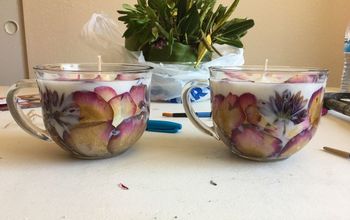

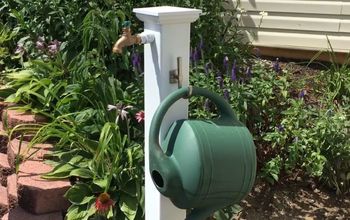
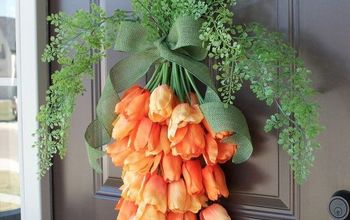





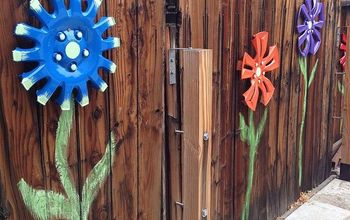

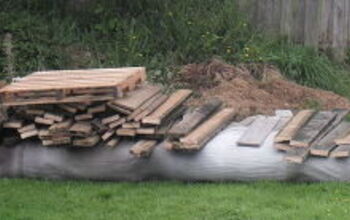





Frequently asked questions
Have a question about this project?